Paul Eardley-Taylor, Oil & Gas Southern Africa, Standard Bank explains how Africa’s largest-ever project financing and the world’s first FLNG project financing project came to fruition.
Exclusive - We spoke to Paul Eardley-Taylor, responsible for Standard Bank's Oil & Gas sector in South Africa about Africa's largest-ever project financing: Coral FLNG.
Standard Bank is one of Africa’s leading banks, with an on the ground presence in 20 African countries. The bank has an established oil and gas practice which serves relationships and executes transactions across the upstream, midstream and downstream sectors.
Africa started early in LNG, with Algeria exporting its first cargo to the UK as far back as 1964. Subsequently, until 2017, despite its established position in upstream oil and gas, Africa had operational plants in only four counties: Algeria, Angola, Equatorial Guinea and Nigeria, with two plants in Egypt idle due to insufficient gas supplies.
This position is rapidly changing, with multiple onshore and Floating LNG (FLNG) projects under development, with Floating Storage Regasification Units (FSRUs) in operation and under development, one of the most exciting is Coral FLNG.
Coral FLNG, with a debt size of $4.7bn, marks Africa’s largest-ever project financing and the world’s first FLNG project financing. The project is led and operated by ENI with a 25 per cent holding. ExxonMobil farmed into Area 4 block last year with 25 per cent, all taken from ENI. The remaining stakes are held by CNPC (20 per cent), Kogas (10 per cent), Galp Energia (10 per cent) and ENH (10 per cent).
Within the transaction financing, Standard Bank was the largest single commercial lender; Onshore Account Bank and Security Trustee; and was the only African lender to the project. The bulk of the financing was contributed by export credit agencies (ECA’s) including: BPI, KEXIM, Ksure, Sace and Sinosure (ECAs being a mainstay of global LNG financing).
Coral South is a field located within Area 4, which also includes the Coral North and Mamba fields. Coral South is separate from the other fields and furthest from the shore. This distance is a key reason why the relatively new FLNG technology was chosen for development. Coral FLNG is only the fourth FLNG project globally after Petronas’s Satu, Shell’s Prelude and Cameroon’s Hilli Episeyo (none project financed). A consortium consisting of TechnipFMC, JGC and Samsung Heavy Industries was selected as EPCIC contractors. The FLNG ship is under construction in South Korea and scheduled to reach the Mozambican shores around 2021 to ensure commissioning in mid-2022.
Coral FLNG will produce 3.4 MTPA output to be exclusively sold to BP. The upstream part of the project is 100 per cent equity funded and the liquefaction part project financed through $4.7bn on a 60:40 debt equity ratio.
The project used multi-sourced project financing from five export credit agencies and 16 banks. Due to the scale of LNG projects (and their multi -sourced participation), project financing is typically used to fund LNG liquefaction projects. Due to the ring-fenced nature of project financing, a very secure offtake is required to ensure the project can service its debt. For Coral FLNG, BP will take 100 per cent of output but noting the project (and therefore the lenders) will naturally take the performance risk of the Coral South field. The Area 4 shareholders are generally seen as strong entities, able to provide the customary completion support seen in LNG debt financings.
From its perspective, the Government of Mozambique showed commitment to the project by establishing the necessary regulatory regimes and timely project approvals. Underlying all the Rovuma Basin’s current and future LNG export projects is the 2014 Decree Law, which was passed following the completion and public dissemination of a Macroeconomic Study for Area 1 prepared by Standard Bank. It is a great achievement for Mozambique that it was able to execute the Coral FLNG project even during an ongoing sovereign default.
As well as being an important standalone project, the importance of Coral is that its documentation is likely to be a major influence on the pending onshore LNG financings of Area 1 and 4, which together may require the raising of USD 30bn debt in 2019 as part of c USD 50bn of final investments, which will transform Mozambique into a leading LNG player.

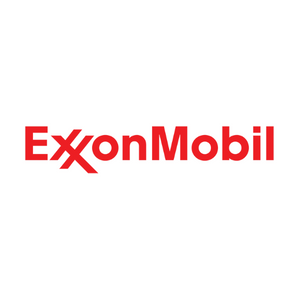
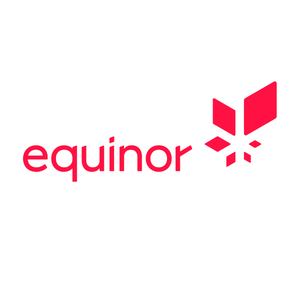
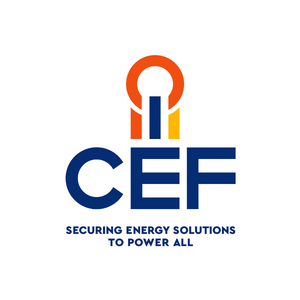
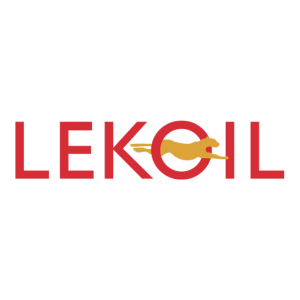
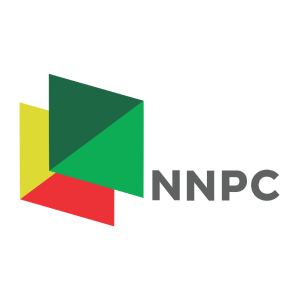
_weblogo_2.png?ext=.png)
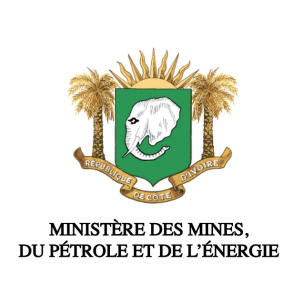
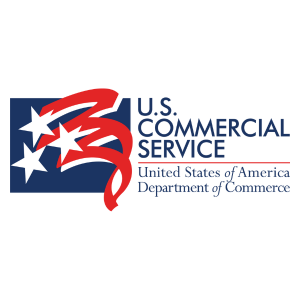
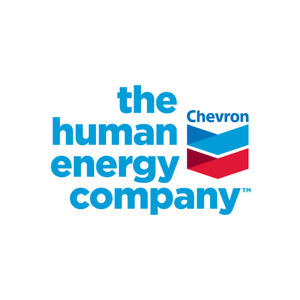

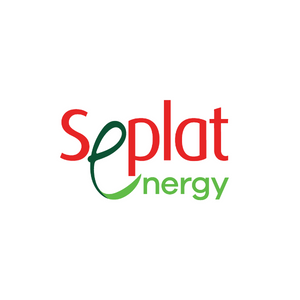
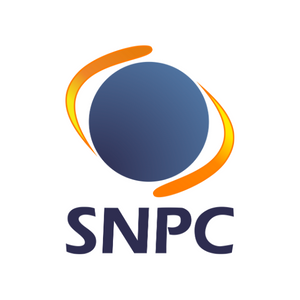

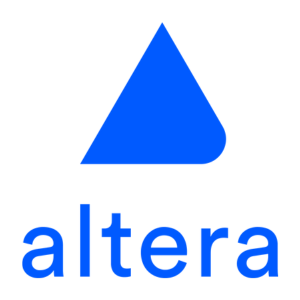
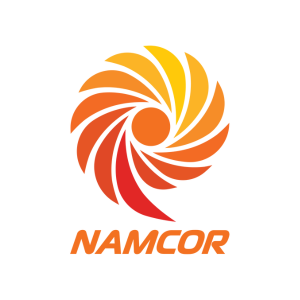
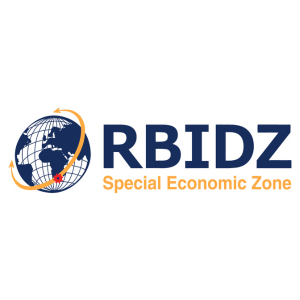
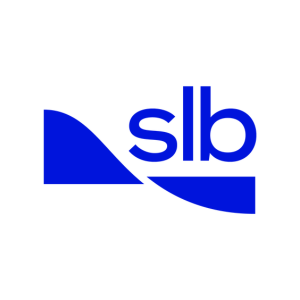
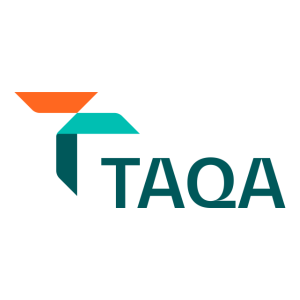
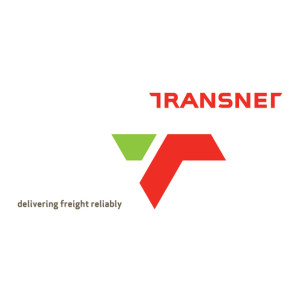
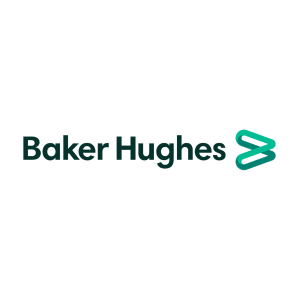

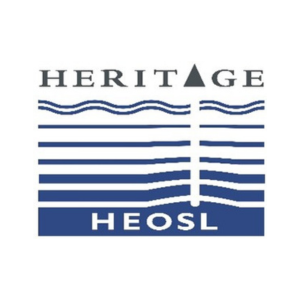
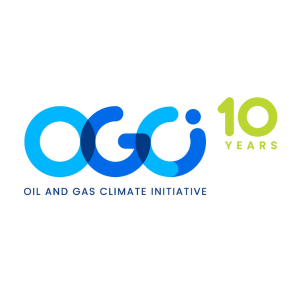
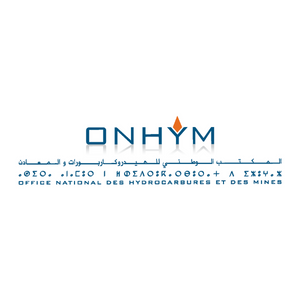
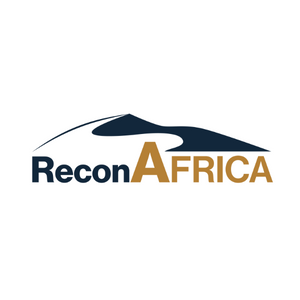
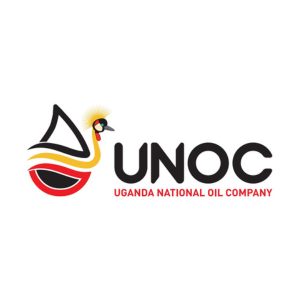
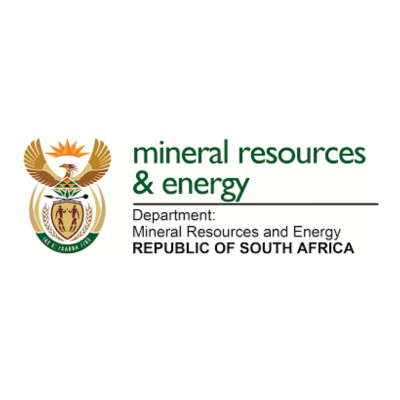
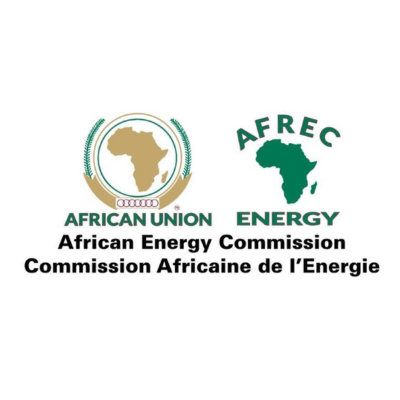
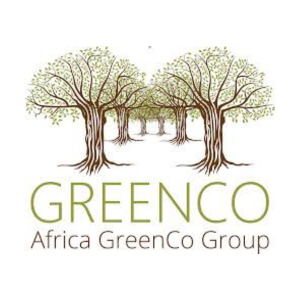
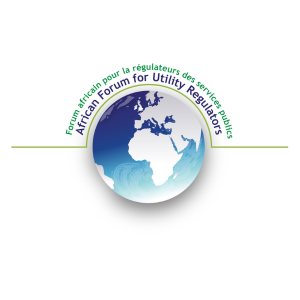
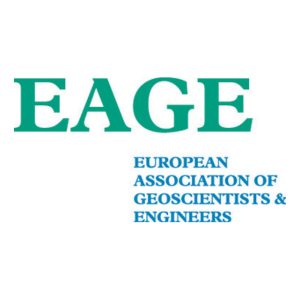
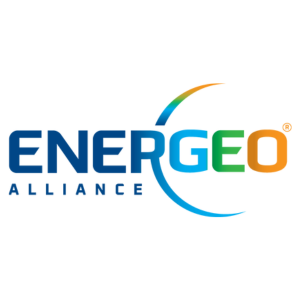
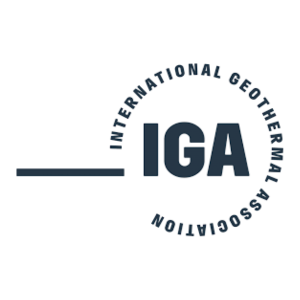
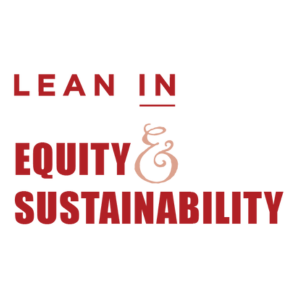

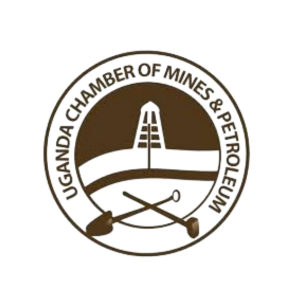

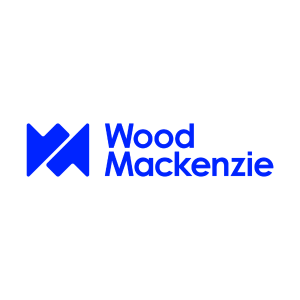

.jpg?ext=.jpg)

